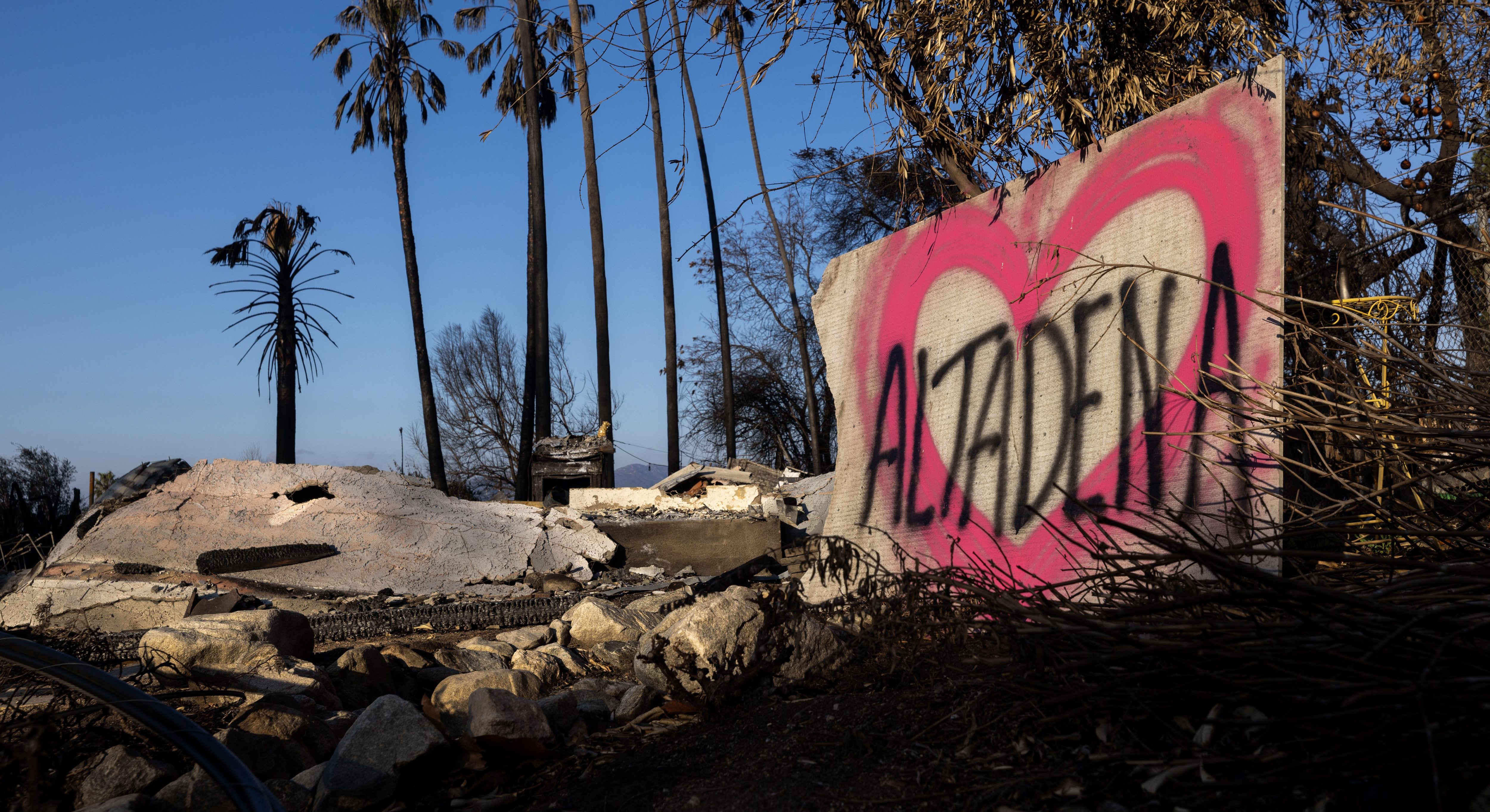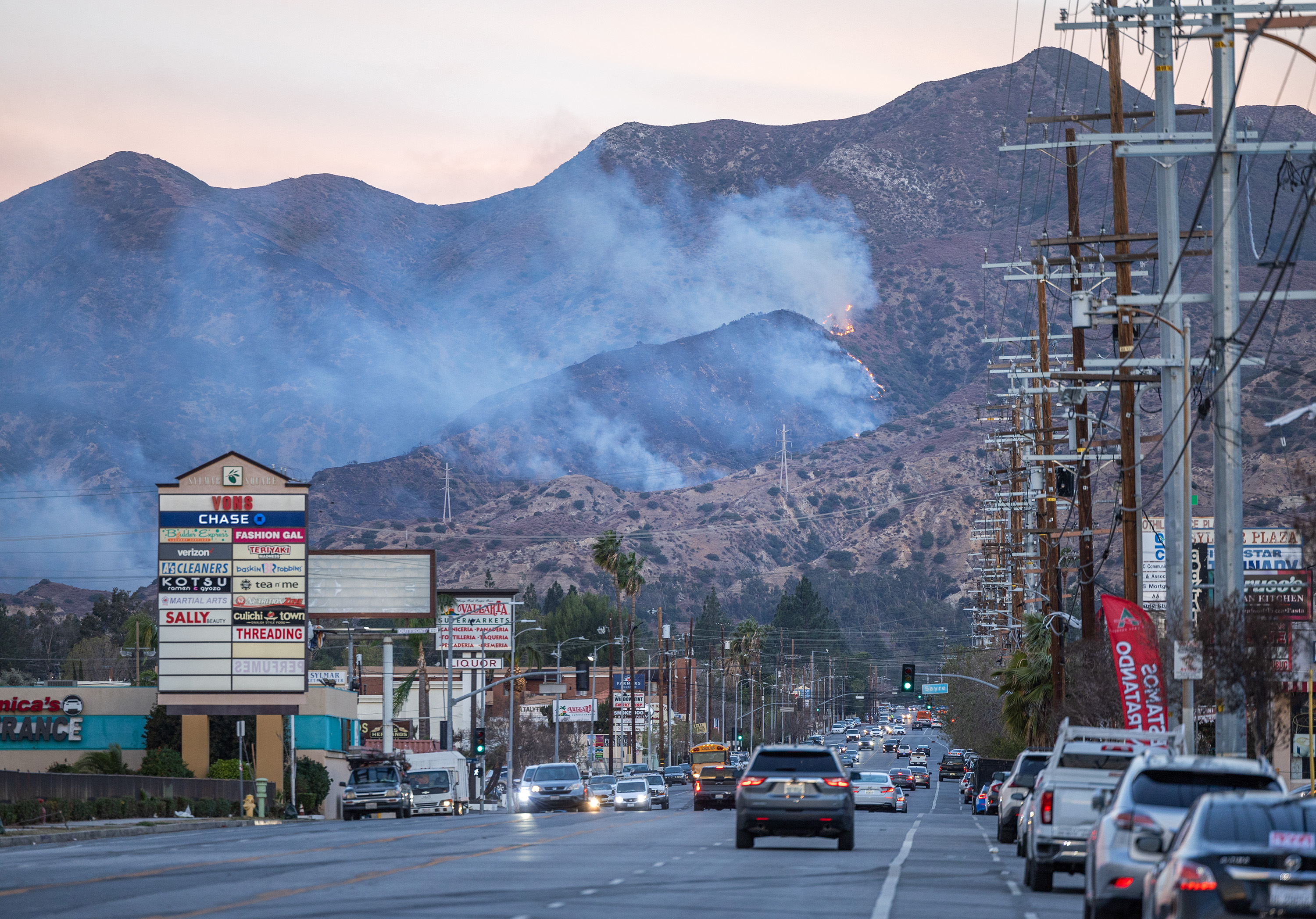Weeks after the Eaton Fire burned through Altadena, researchers at the Department of Earth Sciences at the University of Southern California were curious if there were high levels of lead in the soil.
The researchers, who live in the area where the Eaton Fire burned, trekked across the San Gabriel Valley collecting dirt along the way and bringing it back to their lab.
“When the fires ended, we, like many people in Los Angeles, started to wonder what was in the ash,” said Seth John, a USC professor of earth sciences. “Lead is a toxic chemical and so we all always need to be careful about how much lead we're exposed to.”
Get top local stories in Southern California delivered to you every morning. Sign up for NBC LA's News Headlines newsletter.
He collected dirt alongside fellow faculty, students and his daughter on Jan. 25.
“We drove from Monrovia through Sierra Madre and then up through the parts of Altadena where the structures had burned and then down out the other side into La Canada,” John said.
He said that every half mile the group picked up dirt with a dustpan, sifted out large material and placed the soil in plastic bags to transport back to their lab at USC.
“What we found is that lead concentrations were really pretty low all the way through Monrovia,” John said. “And then even as we got into the areas that had been impacted by the wildfire, the lead concentrations were still pretty low in the dust. Once we got into Altadena, where there had been the urban fire, the lead concentrations were notably elevated.”
He said that they were relieved to discover that the lead concentrations were not as bad as they feared.
“We find that many of the soils on USC campus that had just years of exposure to the urban atmosphere and leaded gasoline from the 1970s, many of those soils had just as much lead in them as the dust in Altadena” John said.
Another professor tested sand from playground sandboxes in the San Gabriel Valley communities and discovered that in each sample they tested there was very low lead concentration.
The professors say that they will reach out to local school districts to see if they are interested in the findings.
They will be going back out to analyze the soil after the rain, the expectation being that the top layer of dust will wash away cutting down on potentially dangerous exposure to lead.



